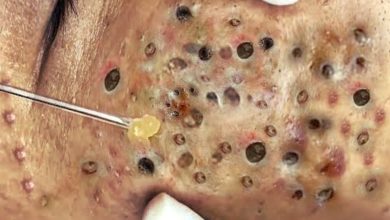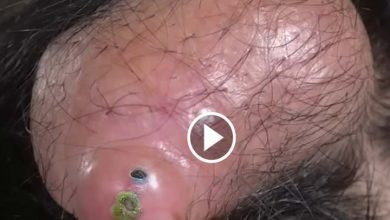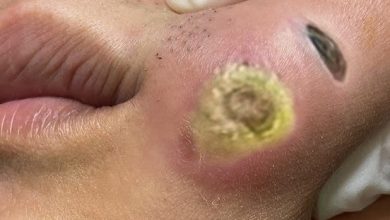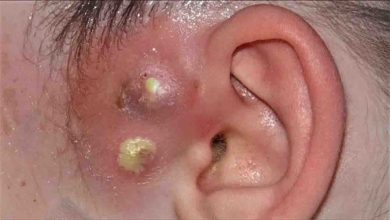How to Wedge Resection of Ingrown Toenail
A wedge resection of an ingrown toenail is a surgical procedure used to treat persistent or severe ingrown toenails, where the nail grows into the surrounding skin, causing pain, swelling, and sometimes infection. The wedge resection involves removing a portion of the toenail along with a small part of the nail bed to prevent the nail from growing back into the skin.
Indications for Wedge Resection:
- Chronic or recurrent ingrown toenails
- Severe pain or infection
- Failure of conservative treatments (e.g., soaking, antibiotics, nail trimming)
- The ingrown nail has affected a large portion of the nail or is recurrent
Steps for Wedge Resection of an Ingrown Toenail:
1. Preparation:
- Patient Consent: Ensure the patient understands the procedure and has provided informed consent.
- Sterilization: Clean the area thoroughly using an antiseptic (such as povidone-iodine or chlorhexidine). Sterile gloves and instruments should be used.
- Anesthesia: Administer a local anesthetic (usually a digital block) to numb the toe. This involves injecting anesthetic around the base of the toe, where the nerves supply the toe. Wait for the anesthesia to take effect (usually a few minutes).
2. Marking the Area:
- Identify the part of the toenail that is ingrown, typically on the medial or lateral side of the nail.
- Mark the portion of the nail that will be excised, ensuring that it includes the edge of the ingrown nail and a small wedge of nail bed to reduce recurrence.
3. Excision of the Nail Wedge:
- Using sterile surgical scissors or a scalpel, remove a wedge-shaped portion of the ingrown toenail. This should include both the nail plate and a portion of the nail matrix (the tissue where the nail grows from) to minimize the chance of regrowth in the wrong direction.
- The wedge should be cut out with a margin of healthy nail tissue to avoid cutting too much of the surrounding soft tissue or skin.
- The excision will often involve both the nail plate and a small amount of nail bed (the tissue under the nail) to ensure proper healing and prevent regrowth of the ingrown portion of the nail.
4. Manage the Nail Bed (Optional):
- In some cases, to prevent recurrence of the ingrown toenail, a chemical matrixectomy (e.g., phenol or sodium hydroxide) may be applied to the nail bed area where the nail was removed. This destroys the matrix and prevents regrowth of the offending nail portion.
- Alternatively, the nail bed can be cauterized with an electric needle or scalpel, or a portion of the nail bed can be excised if needed.
5. Hemostasis:
- Achieve hemostasis (control bleeding) by applying pressure to the wound. If bleeding persists, cauterization or the use of hemostatic agents (like silver nitrate or electrocautery) may be necessary.
- Sometimes, a small hemostatic dressing may be applied to control minor bleeding.
6. Wound Closure (If Required):
- In most wedge resections, the wound does not require sutures due to the small size of the incision, but some cases may need suturing if there is significant tissue disruption.
- A sterile dressing (e.g., gauze pad) should be applied, and the toe should be wrapped with a bandage. An antiseptic ointment (such as Neosporin) may also be used on the wound to prevent infection.
7. Postoperative Care:
- Immediate Care: Keep the foot elevated for the first 24–48 hours to reduce swelling. Apply ice to the toe as needed to control swelling and discomfort.
- Pain Management: Over-the-counter pain relievers like ibuprofen or acetaminophen may be recommended to manage pain and inflammation.
- Wound Care: Instruct the patient to change the dressing regularly (usually every 1–2 days) and to keep the area clean and dry.
- Follow-up: The patient should return for a follow-up visit to ensure proper healing and monitor for signs of infection, such as increased redness, swelling, or discharge.
Potential Complications:
- Infection: As with any surgical procedure, there is a risk of infection, especially if proper hygiene is not maintained.
- Recurrence: In some cases, the nail may regrow abnormally, requiring further treatment or even a more extensive procedure.
- Pain or discomfort: There may be some residual pain after the procedure, especially during the first few days of healing.
- Damage to the nail matrix: Improper removal of the nail bed could result in abnormal nail regrowth, including nail deformities.
Conclusion:
Wedge resection of an ingrown toenail is a relatively simple but effective procedure for treating chronic or severe ingrown nails. When performed properly, it can relieve pain, prevent recurrence, and promote healing. However, the procedure requires careful planning, appropriate technique, and proper post-operative care to ensure the best outcomes for the patient.
If you’re a healthcare provider, ensure you’re following the appropriate surgical protocol and adapting based on the specific needs of the patient.





